We Still Don't Know Who Was First to the North Pole

The wind was howling, the sun blinding, and the temperature cold enough to chill your bones when the six made their final march towards the North Pole. It was the morning of April 6, 1909. American Commander Robert Peary, his assistant Matthew Henson, and four Inuit men arrived at what was, according to Peary's reading of his sextant, exactly 90 degrees north latitude. "My life work is accomplished," Peary wrote later in his diary, "I have got the North Pole out of my system."
It had taken more than two decades for Peary to complete this task. Nearly all of it happened in the company of his trusty, jack-of-all-trades partner Henson. In the world of the early 1900, when all of the seas were being sailed, all the land was being "colonized," and all the jungles were being mapped, the Arctic was the final uncharted territory. Wrote Peary in his diary, "I have won the last, great, geographical prize, the North Pole."
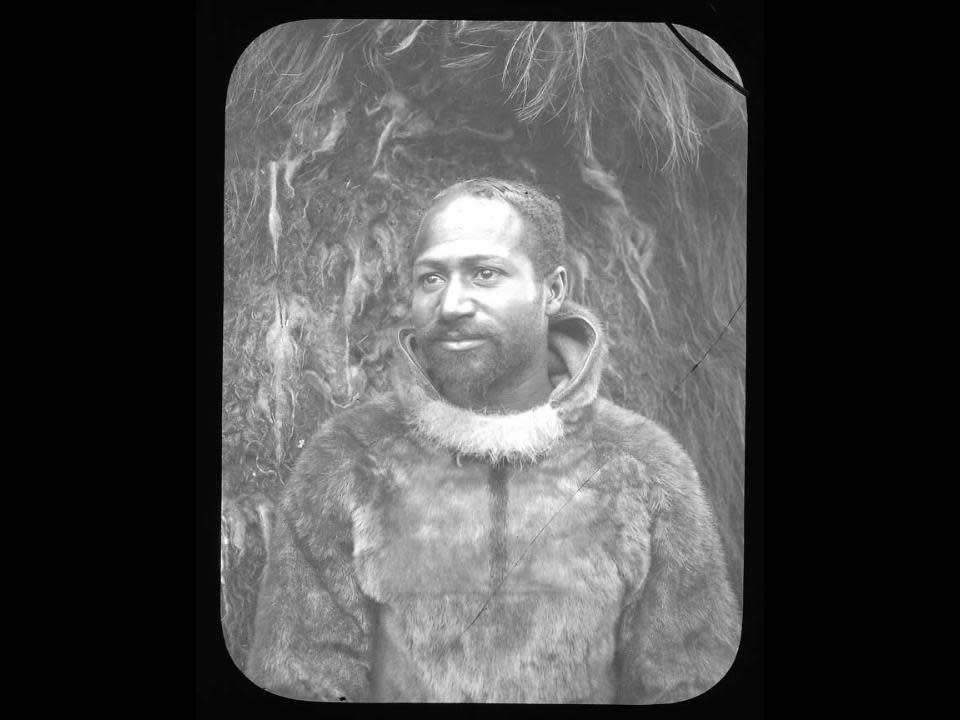
Five months later, Peary and Henson arrived back to North America eager to share their feat with the world. Unfortunately, they were met with a not-so-happy surprise: According to the New York Herald, a former colleague and friend had beaten them by a full year. "The North Pole is Discovered by Dr. Frederick A. Cook," exclaimed a headline. Peary and Henson were incredulous. After years of exploring and suffering in the freezing elements, a one-time ally was now claiming the distinction of being first, setting off what famed journalist Lincoln Steffens called, "the story of the century."
Today, more than a century after Peary and Henson returned from their Arctic adventure and on what would be Henson's 150th birthday, there is still mystery about who was first to the North Pole. Was it Peary or Cook? As later evidence would suggest, the answer may have been neither. "Whatever the truth is," wrote Steffens in 1909, "the situation is as wonderful as the Pole."
"My life work is accomplished. I have got the North Pole out of my system."
The Team Comes Together
The North Pole may be "just a point in the Arctic Ocean," as Thorsten Markus, Chief of the Cryospheric Sciences Laboratory at Goddard Space Center, calls it. But it's one that occupies a mythical position in our collective consciousness (after all, it's Santa's home).
It was in steamy Nicaragua where Robert Peary probably got the idea to explore the Arctic. Graduating from Maine's Bowdoin College in 1877 with a degree in civil engineering, he went to work for the U.S. Navy Civil Engineers Corps gauging the viability of a Nicaraguan canal connecting the Pacific and Atlantic. The canal never happened-America built the Panama Canal instead-but the job fanned the flames of adventure in Peary. In 1886, he borrowed $500 from his mother and set sail for Greenland to discover an overland route to the North Pole. His intention was to transverse the Arctic alone, but he soon learned that this was a suicide mission. During the six-week expedition, Peary and his new native companions became the first to record a journey to the interior ice cap of lower Arctic Greenland. Afterwards, he returned stateside determined to make it further, but knew he needed help. That's when he met Matthew Henson.
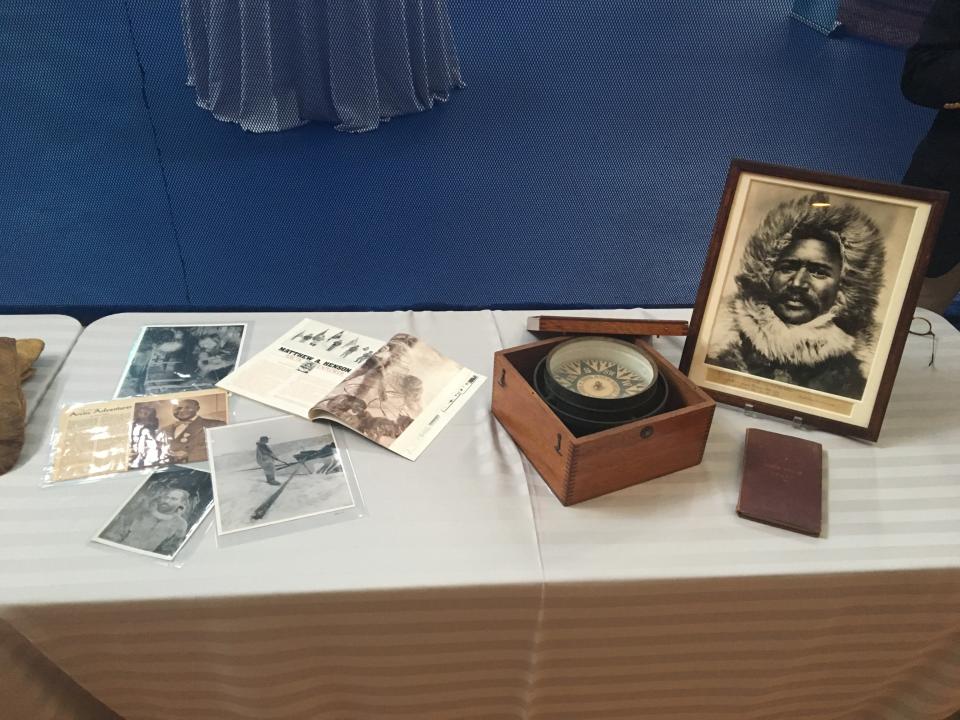
Born August 8, 1866 in Maryland, Matthew Henson was the son of African-American freeborn sharecroppers. The world's foremost Henson expert (and a Harvard professor of neurology), S. Allen Counter, says Henson and Peary were linked by the defining characteristic of a "determined heart." At 13, Henson left school and moved to Baltimore, where he became a cabin boy on a globe-trotting ship. Henson's adventures took him throughout Asia and Europe where he picked up skills like navigation, engineering, carpentry, and a knack for foreign languages. Returning to America, he found work as a clerk at a fur shop in Washington DC. That's where his and Peary's paths crossed, when the fellow explorer was attempting to sell his fur stock for extra cash. Impressed by the clerk's knowledge and thirst for exploration, Peary soon offered Henson a job as his "personal assistant" for his return to Nicaragua's jungles.
Peary and Henson's relationship was one of respect and admiration, but must be looked at from the perspective of the time. As Counter notes in his bookNorth Pole Legacy: Black, White, and Eskimo, Peary did harbor many of the prevailing racial views of the era, particularly that the European white race was superior not only to African-Americans but to the Inuit people he would encounter in the far north. It's clear, however, that Peary saw past these misconceptions when it came to Henson. "In the context we know today, perhaps (Peary) was racist," Counter says, "but there were many signs that he saw Henson as an equal. In fact, in some cases, he thought (Henson) had slightly superior skills....some hated (Peary) for treating him that way... but Peary trusted Henson implicitly." Peary would write in the foreward to Henson's 1912 memoir that Henson was a prime illustration of "the fact that race, color, or bringing-up, or enviroment, count nothing against a determined heart, if it is backed and aided by intelligence."
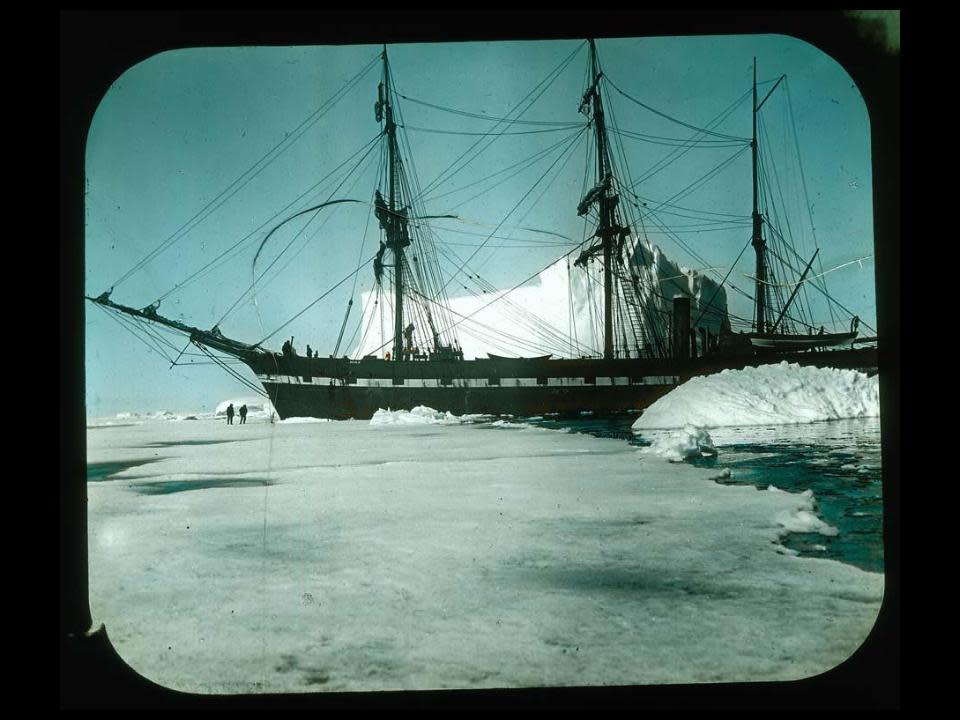
After an initial rendezvous in Nicaragua, the duo began planning their first Arctic trip in 1891. Among Peary's hires was an inexperienced young New York physician by the name of Frederick Cook. Cook had only just graduated from medical school a year earlier and was drawn to the expedition in large part because of tragedy. Right before learning his medical exam results, Cook's wife and child died during childbirth. Looking for purpose, he read that Peary was seeking volunteers for the Arctic trip. He applied, later writing in his autobiography that he felt the "commanding call of the Northland...to invade the Unknown, to assail the fastness of the white frozen North."
Peary hired him (presumably because Cook was cheap) and at least initially did not regret the decision. During the 1891 expedition, Peary violently broke his leg, but Cook was there to save and nurse him back to health. Peary would write later about the incident, "I owe much to (Cook's) professional skill, unruffled patience, and coolness in an emergency." A decade later, Peary's family called on Cook in desperation to find their loved one who they feared he was lost in the unforgiving Arctic. Cook tracked down Peary and helped to heal him from a multitude of near-fatal ailments.
Friends and Rivals
The 1891 expedition may have ended in pain and misery, but it was encouraging enough that Peary and Henson continued their pursuit of the North Pole. Over the next two decades they proceed further, eventually traveling the farthest point north ever reached in 1900, to the latitude of 83°50' north. They would broke their own record in 1906, getting to 87°60' north. Cook too took to the explorer's' life, joining the expedition that's credited for being the first to winter in Antarctica. It's said that during that trip he saved lives by forcing the men to spend at least an hour a day in front of the vessel's lone working stove to ward off depression. After establishing his New York medical practice, Cook embarked on another adventure where he supposedly became the first to summit North America's highest point, Mount McKinley (now Denali). Although Cook was honored by National Geographic and President Teddy Roosevelt for this accomplishment, historians later would claim that he faked it.
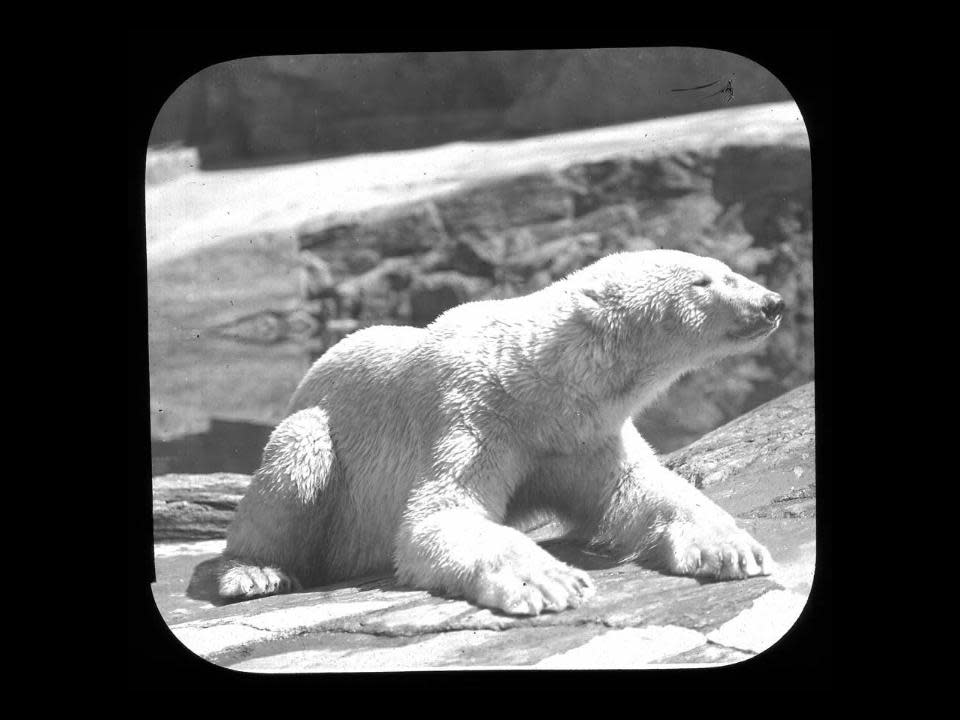
Fast-forward to July 1907. According to Bruce Henderson's book True North, Cook departed from Gloucester, MA for northern Greenland. After waiting out the winter at a native settlement about 700 miles from the Pole, he-along with nine Inuit men, 11 light sledges, and 103 dogs-began the trek northward. Following the musk ox feeding grounds, it took him little more than two months to travel across the frozen tundra. At noon on April 21, 1908, Cook brought out his custom-made French sextant and made the discovery that caused a "wild wave of joy" to fill his heart: He had made it "as near as possible" to 90 degrees north. Or so he said.
Three years later, in his book My Attainment of the Pole, Cook takes great care to explain that being exact was impossible. "That I stood at the time on the very pinpoint of the earth I do not and never did claim; I may have, I may have not," he wrote. He goes on to assert that his "close enough" claim is "as honest, as careful, as scientific a basis of observations and calculations as any human being could." The team's trip home would be less triumphant. The ice drifts forced them west rather than east, leaving them miles from their intended destination of Cape Svartevoeg (now called Cape Stallworthy) and hopelessly cut off from their supply caches. It nearly killed them. There were reports that Cook and his party perished. But in April 1909, they arrived back at the native settlement, emaciated in their fur rags.
Peary, meanwhile, was more experienced and better funded than Cook. On August 18 1908, more than a year after Cook's departure, Peary's National Geographic-sponsored expedition began when the Roosevelt (named after Peary's friend Teddy, who was on hand to send them off) departed from New York. On board was Peary, Henson, professors of mathematics and engineering, the ship's captain, 29 Inuits, 246 dogs, 70 tons of whale meat, hunting equipment, and lots of coal. They anchored at Canada's Ellesmere Island to winter and prepare for the 520-mile hike to the North Pole. While the native Inuits respected Peary, they admired and loved Henson. Over the years, he had learned their language, adapted their culture, and fathered an Inuit child (so had Peary). They called him "Mahri Pahluk," or "Matthew, the kind one."
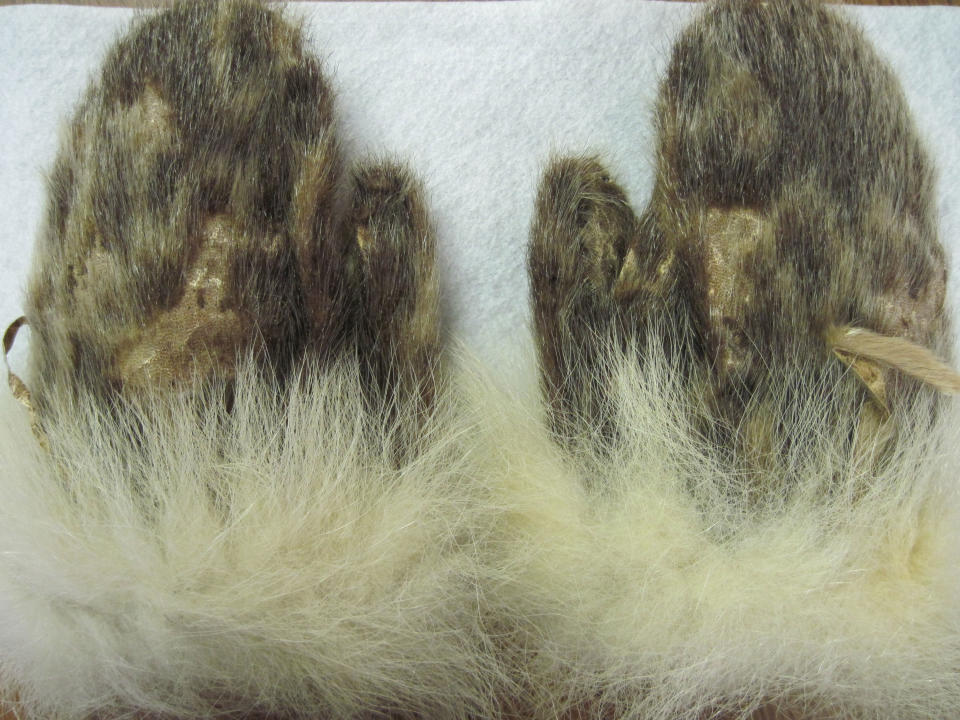
Peary set-up a system of "relay teams" who would go ahead to set up base camp and leave a trail of supplies for the others. This was the "Peary Plan." And while his party was large, Peary knew the team that eventually made the final journey to the North Pole had to be small. Days before their final hike to the Pole, Peary choose Henson to accompany him rather than the other white men on the expedition. While the choice seems obvious due to Peary and Henson's long-time relationship, Counter says there was more behind Peary's decision. "He knew (Henson) would not challenge (Peary's) status as the first white man to stand on top of the North Pole," he tells Popular Mechanics. "I'm convinced that's why he turned (the others) back."
According to Henderson's True North, Peary stopped in Greenland on his way back to America after reaching the Pole 1909. That's where he ran into a friend of Cook's, Harry Whitney. Saying that Cook also passed through after his own recent exploration, Whitney claimed to possess Cook's journals and the very sextant that Cook had used to mark the location of 90 degrees north. Peary offered Whitney passage back stateside on one condition: that he left all of Cook's possessions behind in Greenland. Whitney obliged, burying them by "some large rocks by the shoreline." The journals and sextant, Cook's supposed concrete proof that had gotten to the North Pole, have never been found.
They were "unanimously of the opinion that Commander Peary reached the North Pole."
The day after arriving back in Nova Scotia, Peary sold his story rights to The New York Times and claimed Cook's version was fiction. The long-time friendship died a quick death. Cook, for his part, continued to do interviews telling anyone that would listen that he had made it to the North Pole before Peary but that his proof was lost in Greenland. In November 1909, the National Geographic Society (which had sponsored Peary's trip) announced that an inquisition into the validity of Peary's claims revealed that they were "unanimously of the opinion that Commander Peary reached the North Pole." Without his journals or sextant, Cook couldn't prove his case.
In 1911, Peary appeared in front of the Naval Affairs Subcommittee of the U.S. House of Representatives in hopes of receiving official recognition that he was the first to the North Pole. In a vote of 4 to 3, Peary got it, but the minority noted that they had "deep-seated doubts" about Peary's claims. In 1912, Henson published his autobiography where he defended his and Peary's claims and disregarded Cook's. "We know Dr. Cook very well and also his reputation.... He probably spun this yarn... to make himself look big," wrote Henson, "I have reason to be grateful to Dr. Cook for favors received...but I feel that all of the debts have been liquidated by my silence in this controversy and I will have nothing more to say in regard to him or his claims."
True North?
Over the years, numerous books, articles, and reports have argued for one side or the other. Interestingly, though, many people have taken the stance that neither of them actually reached the North Pole. A 1988 report from fellow explorer Wall Herbert (published in National Geographic) claimed that the Peary/Henson expedition fell 30 to 60 miles short of the pole. A 1989 study made a similar claim. Later that year, a 230-page report from the National Geographic Society reasserted the claim that Peary/Henson in fact did make it. 2005's True North takes the rather unabashed opinion that Cook got there first and has been forgotten by history. For his part, Counter says he's certain that Peary and Henson deserve the honor.
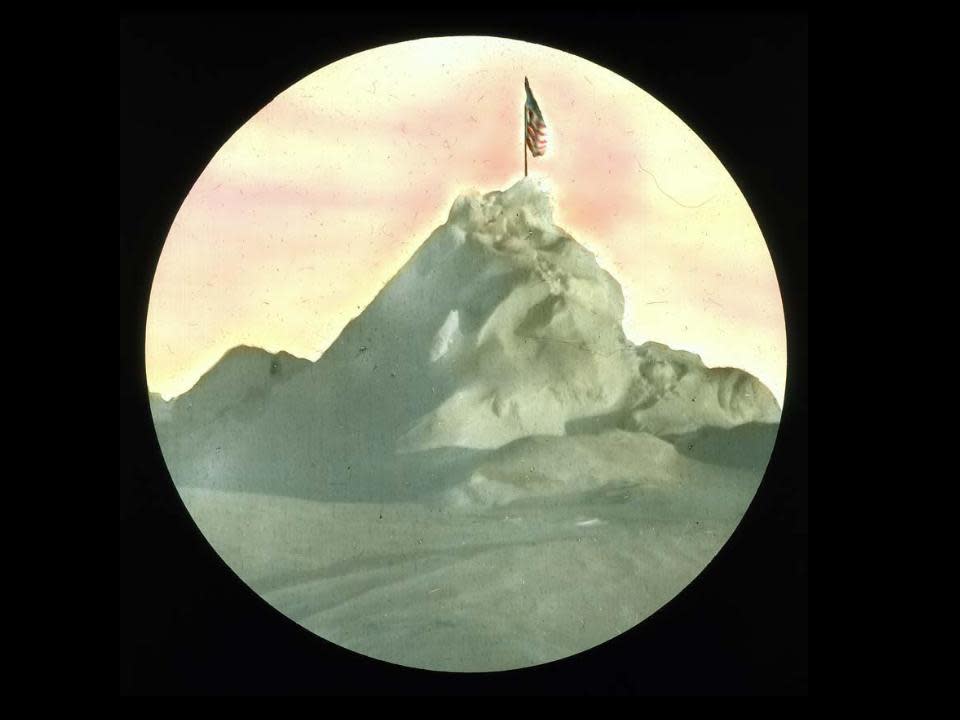
Perhaps it doesn't really matter. Peary, Henson, and Cook all transversed the brutal, unforgiving and unknown Arctic without any of the modern technologies we've come to rely on. "Nowadays we have weather predictions, satellite data, we know when, how and where to go. They had no idea," says Markus, "That their navigation accuracy is even close is pretty amazing... My phone has a better GPS than what they had."
What's more, their feats may never be equaled. In 2015 National Geographic published the article "Has the Last Human Trekked to the North Pole?" According to a study conducted by NASA senior research scientists in 2008, the thickness of the Arctic ice had decreased by about 5.75 feet in less than 30 years. Thinner ice, rising waters, and more quickly changing conditions have conspired to all but end the age of North Pole exploration. Traversing the ice by foot to touch the pole may never happen again.
You Might Also Like

